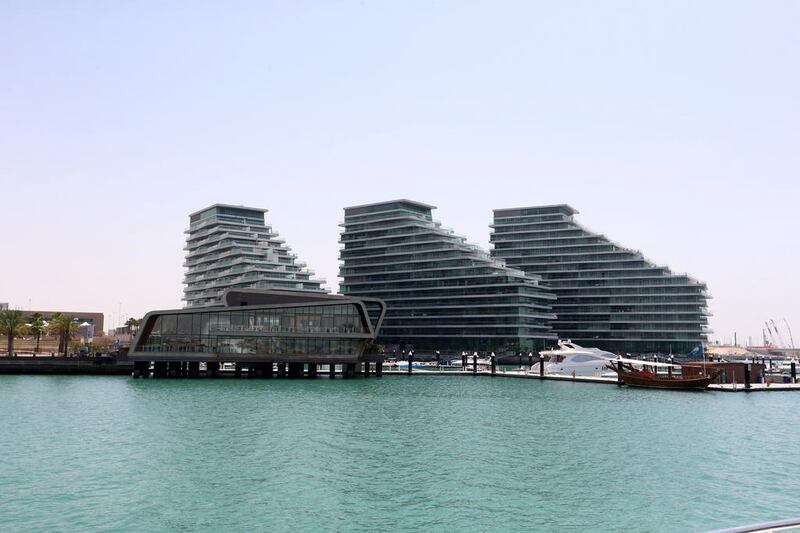Average residential rents in Abu Dhabi dropped 11 per cent year-on-year in the third quarter of 2017 because of challenging market conditions, a report from real estate broker CBRE showed.
During the quarter, average residential rents in Abu Dhabi experienced further downward pressure, with a 3 per cent quarterly drop as well as the annual decline, according to CBRE’s latest market overview.
Residential sales rates also dropped by 9 per cent year-on-year and 3 per cent on a quarterly basis, reflecting weak transactional demand and overall negative market sentiment, CBRE said.
The rental market has been subject to a mixed performance depending on the specific location, the report noted. Across the board, landlords are being forced to become more flexible in negotiations with tenants to lessen void risk.
_______________
Read more:
Where Abu Dhabi rents have risen and fallen, Q3 2017
Retail tipped to drive property market recovery in Riyadh, JLL says
MidEast investment in global real estate nosedives 50% since last July, says CBRE
_______________
"Amid falling rental prices, there remains an apparent shortage of housing units targeted towards the dominant low-to-middle income segments of the population," said Matthew Green, head of research and consulting for the UAE at CBRE Middle East.
“While a number of mid-market projects have been delivered, their size remains insufficient to cater to the overall market demand for affordable housing options.”
The office sector also remained weak, with average prime office rentals falling 9 per cent to Dh1,675 per square metre per year for the three months ending September 30 from the corresponding period last year. Secondary office rents slumped 15 per cent from the same period in 2016.
Contraction of employment growth and weak demand mean corporate occupiers are staying cautious and new office requirements remain limited. There is also evidence of tenants sub-letting excess accommodation to reduce overheads, the report said.
Mr Green said: “There were no major new office completions observed during the quarter, meaning total existing stock remains at around 3.96 million square metres.
“There is now around 0.4 million sq metres expected to be completed by 2019. However, there are likely to be further delays as developers try to coordinate completion timings to better align with demand levels.”
With subdued domestic demand, Abu Dhabi is looking to its leisure and tourism sectors to help boost economic growth.
“With demand from the corporate sector remaining muted, strengthening of domestic visitor numbers and further expansion of Mice [Meetings, incentives, conferences and exhibitions] initiatives have become increasingly important, especially for hotels as they look to improve upon current weakening revenue performances,” Mr Green said.
Overall, the contribution of wholesale, retail trade, hotel and restaurants together accounted for about 12 per cent of total the GDP in Abu Dhabi – a positive indicator of potential growth, according to CBRE .
Meanwhile, Abu Dhabi regisytered a 13 per cent increase in total hotel guests in August compared to the same period a year earlier, according to Abu Dhabi Tourism & Culture Authority, indicating an improvement in the conversion rate of airport arrivals, CBRE said.
However, despite improvements in overall guest numbers, hotel occupancy rates were down 2.1 per cent compared to the third quarter of 2016, while average daily rates were down 8 per cent year-on-year as of September 30, 2017. This led to a 10 per cent drop in hotel revenues in the quarter, heaping pressure on Abu Dhabi to maintain current tourist volumes.
Abu Dhabi’s retail market is being driven primarily by domestic demand, with increased development activity in the community retail segment in the third quarter, according to the report.
“Although 2017 has not seen the delivery of any major new retail facilities in Abu Dhabi, multiple new community shopping centres are being built as part of mixed-use master plan developments and within satellite towns to cater to the local population,” said Mr Green, citing the planned handover of Al Falah Medical Mall in Khalifa City this year as an example.





